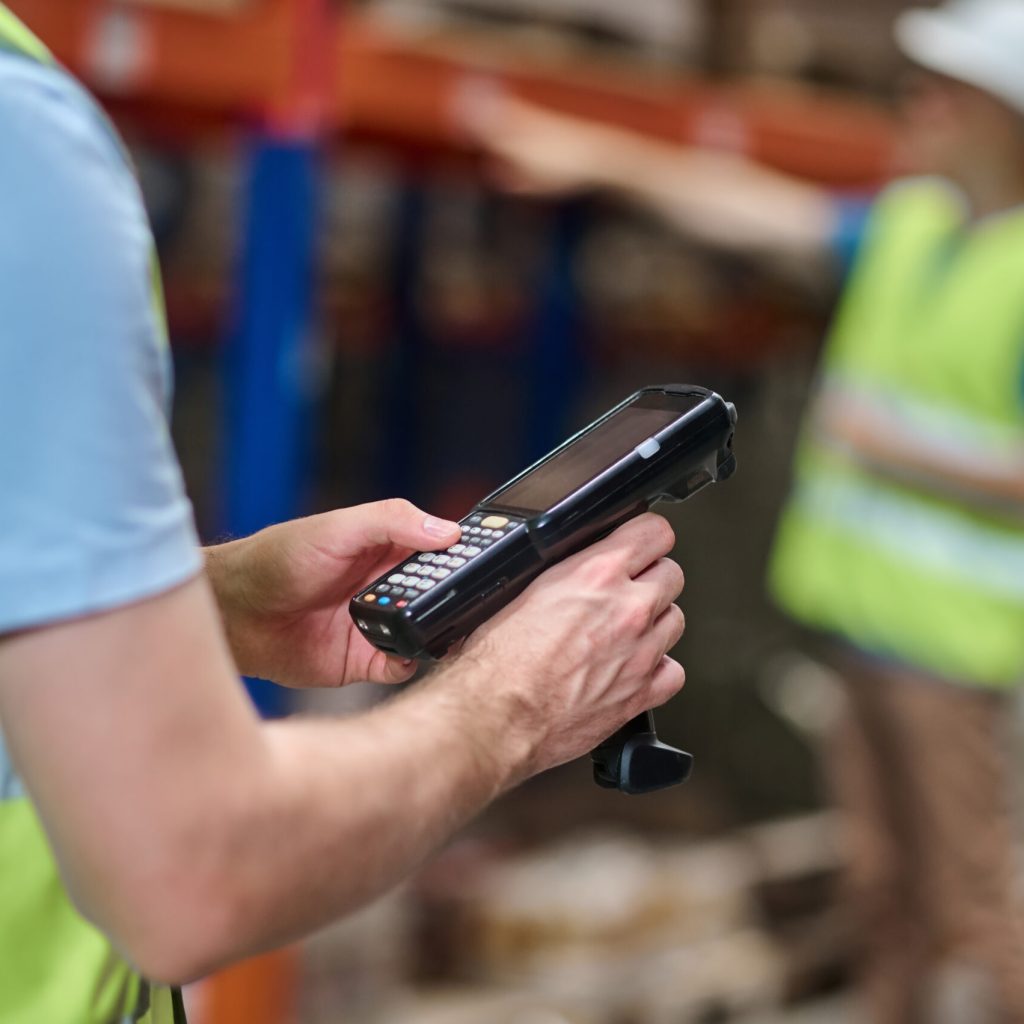RFID Scanner
RFID scanners send out radio waves that interact with RFID tags. An RFID tag is embedded with a unique identifier along with any other information on an item. Tags coming within the range of a scanner read the information encoded on it and send this information back to an interrogating device, such as a computer or any other mobile device, including the location.
Revolutionizing Inventory Management
Now it is ready to be interpreted for tracking the movement of inventory, monitoring the product location, or interpreting supply chain operation. There are:
- Handheld scanners: small in size and hence portable, ideal for audits on inventory, spot checks, and other usages that would require motion.
- Fixed scanners: generally fixed at certain points and very often at doorways and conveyor belts. The application is fairly common in any warehouse, factory, or retail shops.
- Vehicle-mounted scanners: Fixed to a vehicle, like a fork-lift truck or a delivery vehicle, smoothen the process of tracking goods on movement or during delivery.




Advantages of Using RFID Scanners:
RFID scanners have quite a few advantages in that they are capable of reading several tags all at once, hence reducing human error but increasing inventory accuracy, replacing manual entry by an automated data capture. This saves a lot of time and resources, thus enabling the business to make better decisions with real-time inventory visibility and optimizing operations for better performance.
Radio Frequency Identification technology helps to avoid theft, loss, or counterfeit by tracing the movement of its products throughout the supply chain. Faster inventory checks with other smooth processes free up employees to engage in more productive works. With real-time information about available products, the business will satisfy correct order fulfillment and enhance the customer experience.
This has advantages in terms of fewer errors, being more efficient, and hence avoiding losses, all of which show up as considerable cost savings across the supply chain.
Applications of RFID Scanners
RFID scanners find applications in many fields:
- Retail: keeps track of inventory levels, prevents theft, optimizes shelf space, and improves checkout efficiency.
- Manufacturing: monitors production lines, keeps track of work-in-progress, and controls product quality.
- Healthcare: has been using RFID in the tracking of hospital equipment, pharmaceuticals, and even patient safety.
- Logistics & Transport: use RFID in tracking shipments and delivery along with optimizing transportation routes.
- Libraries: use RFID in tracking books and other items, improving circulation, and preventing theft.
RFID is being used to track inventories, manage supply chains, and track assets, mainly some valuable pieces of tools, equipment, and vehicles. Even tracking animals for research, conservation, and identification is done on RFID.

How to Choose an RFID Scanner

The right choice of RFID scanner depends upon many factors:
Define what your industry and use case call for.
Based on the application and environment, choose one of ULF, HF, or LF.
Based on the environment, you may want a certain read range; hence, you will want to pick a scanner based on what read range your application calls for.
You know exactly how much data throughput your application needs; because of that, you should make sure your chosen scanner is capable of supporting it.
Set a budget and then pick a scanner which can give you the best value.
Pick a scanner which is easy to integrate with your current IT infrastructure and software applications.
The Future of RFID:
With RFID technology not standing still, the applications will continually expand. Further development in sensor technology, cloud computing, and IoT can very well see the day when RFID scanning functionalities will be augmented in operation and across industries in general.
Every company that adopts RFID technology automatically gets an advantage over its rivals, assured of increased efficiency, a reduction in costs, and increased customer satisfaction.
